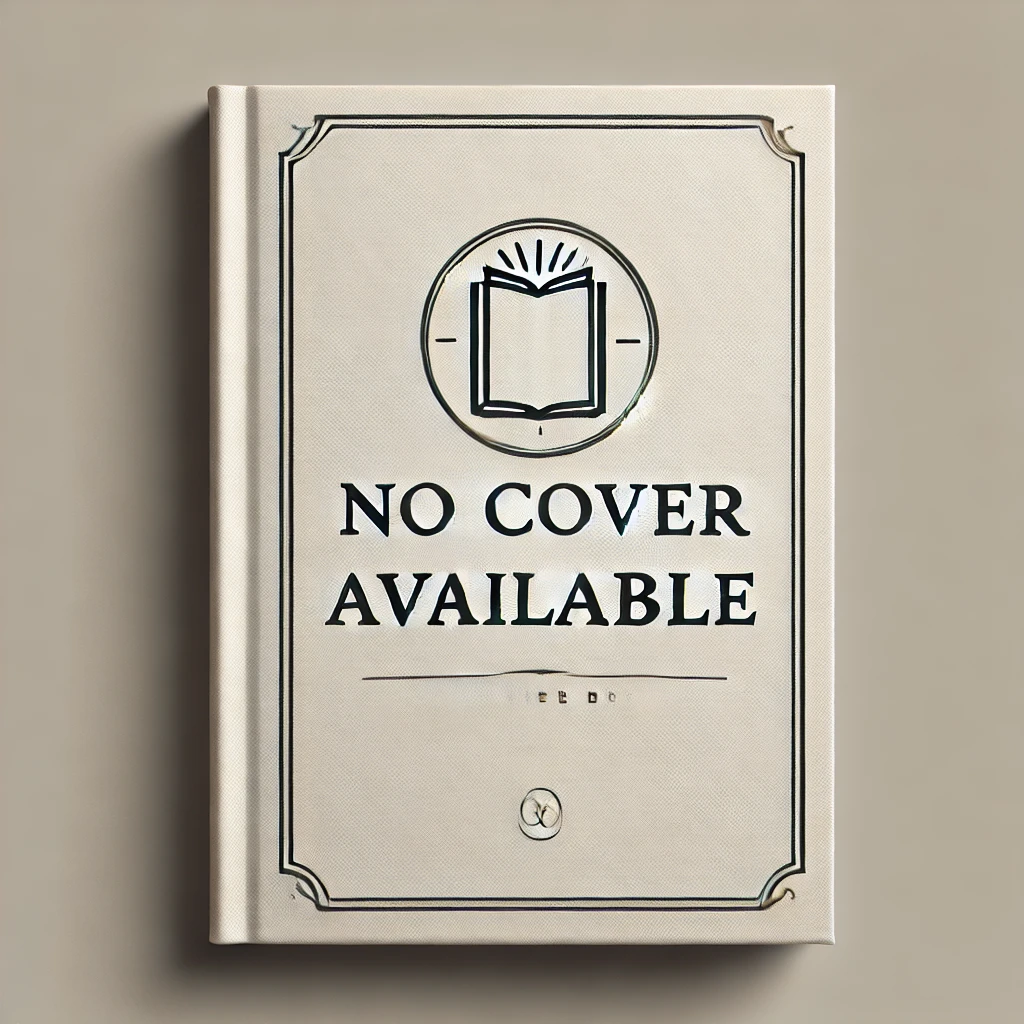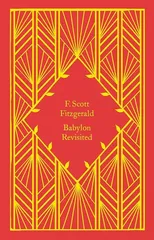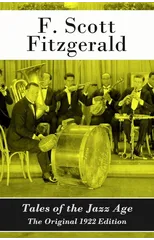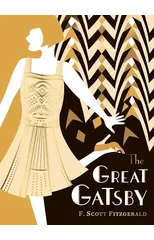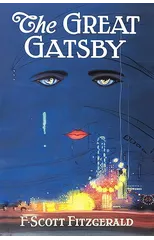The Great Gatsby is F. Scott Fitzgerald's great American novel; sublime, deftly written, at times wickedly funny, and always tightly under control by a master of the language who was at the top of his powers. In Gatsby, Fitzgerald explored the Jazz Age with an intimate knowledge and perception that no other writer could have matched. Much of the happenings in the novel are pulled directly from Fitzgerald's own hedonistic experiences. A cautionary tale about reaching for the American Dream and being crushed by it. No one is certain where Gatsby's money comes from, but they are all willing to help him spend it. He yearns to reconnect with his lost love Daisy Buchanan, but is there any place for him in her world? . . .a mystical, glamourous story of today. -- New York Times . . .a revelation of life . . . a work of art. -- Los Angeles Times His style fairly scintillates with a genuine brilliance; he writes surely and soundly. -- The New York Post . . .it contains some of the nicest little touches of contemporary observation you could imagine--so light, so delicate, so sharp. -- New York Herald Tribune
F. Scott Fitzgerald
F. Scott Fitzgerald was an American novelist and short story writer known for his portrayal of the Jazz Age in American literature. His most notable works include "The Great Gatsby," "Tender is the Night," and "This Side of Paradise."
Fitzgerald's writing style is characterized by his use of lyrical prose and exploration of the themes of wealth, class, and the American Dream. He is considered one of the greatest American writers of the 20th century and his works continue to be studied and celebrated for their insight into the social and cultural dynamics of his time.
"The Great Gatsby" is Fitzgerald's most famous work and is widely regarded as a masterpiece of American literature. The novel explores the themes of love, wealth, and the pursuit of the American Dream, and has had a lasting impact on the literary genre of the novel. Fitzgerald's contributions to literature include his exploration of the complexities of human relationships and his keen observations of American society during the 1920s.
